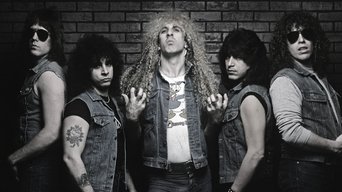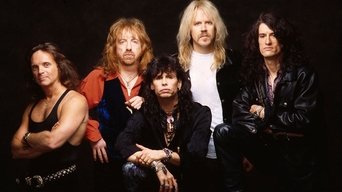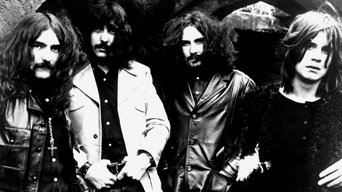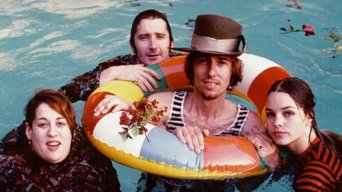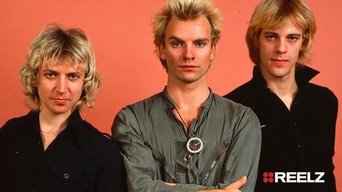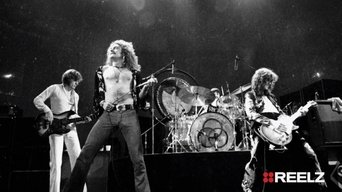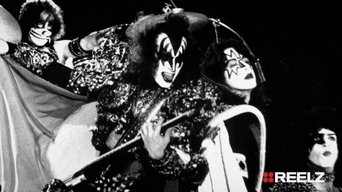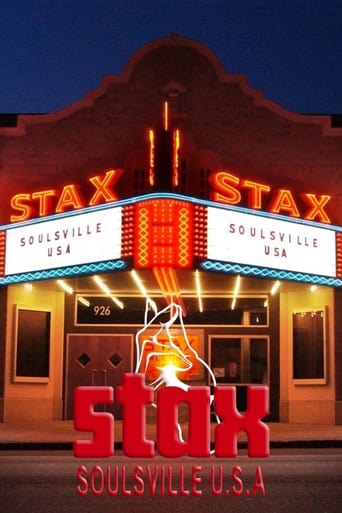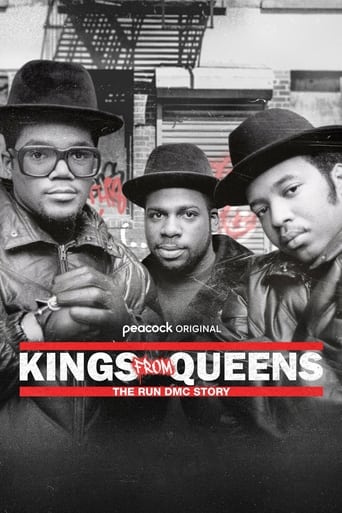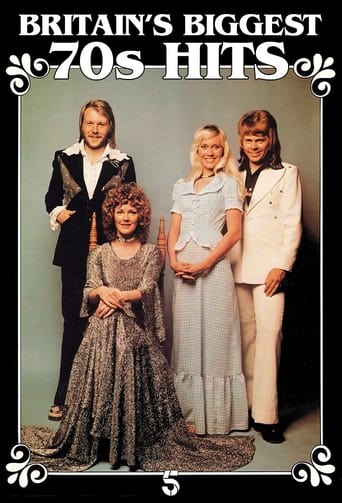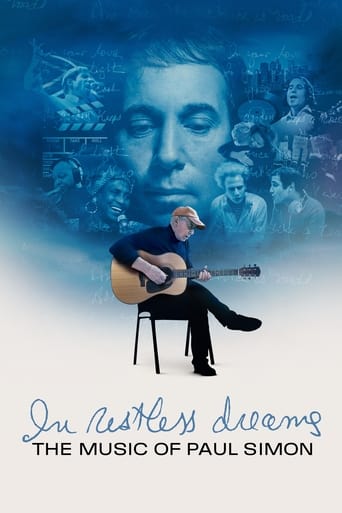Breaking the Band Season 3
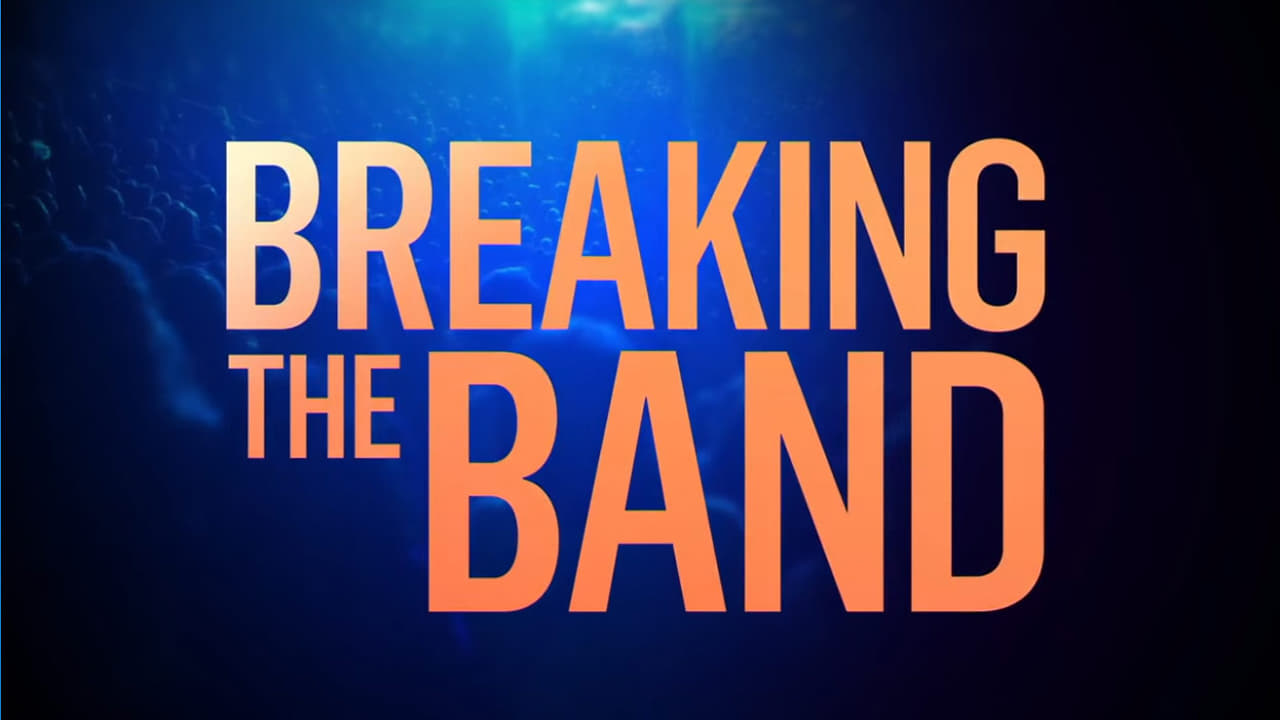
The battling egos, power struggles and inter-band rivalries that split up The Beatles, The Supremes, Fleetwood Mac, The Eagles, The Beach Boys, N.W.A, Van Halen and Sonny and Cher. From crippling drug addictions to scandalous affairs, we uncover the incredible true stories by recreating the key moments the cameras missed in addition to using rare band interviews and off-stage footage to piece together each dramatic tale.
Watch NowWith 30 Day Free Trial!
Breaking the Band
2018
The battling egos, power struggles and inter-band rivalries that split up The Beatles, The Supremes, Fleetwood Mac, The Eagles, The Beach Boys, N.W.A, Van Halen and Sonny and Cher. From crippling drug addictions to scandalous affairs, we uncover the incredible true stories by recreating the key moments the cameras missed in addition to using rare band interviews and off-stage footage to piece together each dramatic tale.
Watch Trailer
With 30 Day Free Trial!
Breaking the Band Season 3 Full Episode Guide
Poison: The true story behind the split of heavy metal band Poison is spotlighted, which explores various obstacles they faced during their tenure that includes jealousies and power struggles, along with worsening addictions and fights.
Twisted Sister: The true story behind the split of heavy metal band Twisted Sister is explored, which includes thoughts from band members and lead singer Dee Snider as they chronicle how ego and tension were among the factors that caused turmoil in the group.
The inside story of rock n roll band Aerosmith is explored, which features insight from those who were there that includes manager Tim Collins, who was behind the groups resurrection in the 80s, and how the band survived success for five decades.
British rock band Black Sabbath is explored, which includes their journey from their early beginnings, success and eventual break up, along with extensive archive and revealing interviews to chronicle the groups turbulent past.
Simon & Garfunkel: Simon & Garfunkel were the most successful folk-rock duo of the 1960s selling almost 40 million albums worldwide. Their distinct melodies and songs helped define a decade but at the height of their success, just four years after they burst into public consciousness, the duo split up. The former childhood best friends suffered from jealously, rivalry and betrayals.
The Mamas And The Papas: The Mamas and The Papas was one of the most iconic groups of the "Swinging Sixties". Their unique vocal harmonies and timeless pop melodies catapulted them to the top of the Billboard charts. The band's journey to the dizzying heights of fame was strewn with tales of infidelity, unrequited love and power struggles, and powered by a hedonistic lifestyle, centered around drink and drugs. Despite The Mamas and The Papas' star burning for only a few short years, the band left an indelible mark on the music industry.
The Police: In the early 1980s, The Police were hailed as the biggest band in the world, selling over 50 million albums. Sting, Andy Summers and Stewart Copeland dominated the charts and packed out stadiums and then, shockingly, split while at the peak of their rock and roll stardom. Rumors of Sting's fast growing ego, personality clashes and physical fights grew but was this band's implosion really down to just the ambitions of lead singer, Sting or were other factors at work? Breaking the Band: The Police tells the story of a band that defined an era, and reveals the truth behind why they were torn apart.
Journey: For more than three decades San Francisco rock band Journey have been selling out stadiums around the world. The band began in the early 1970s as a prog rock oufit, but their biggest success came when lead singer, Steve Perry, joined the band in 1978. Steve Perry known as The Voice, brought a new sound and a wider audience. Journey's Escape album became the bands biggest selling album to date reaching number one and selling a million copies. It scored three top ten hits: "Who's Crying Now," "Don't Stop Believin'," and "Open Arms." But behind the scenes multiple changes in the bands line up were evidence that not everyone was happy with the new change of direction.
Led Zeppelin split on December 4th 1980, 2 months after the tragic death of iconic drummer, John Bonham. Throughout the 1970’s, at the height of the bands powers, Led Zeppelin became the world’s first rock supergroup, selling over 300 million albums and headlining 600 concerts worldwide. Zeppelin’s rock star excesses became the stuff of legend, and dark rumours swirled around their closely guarded inner circle as everything Zeppelin touched miraculously turned to gold. But after nearly a decade at the top, disaster engulfed the band, and fans speculated that Zeppelin was finally paying the price for their huge success. And 40 years after the split, Zeppelin’s popularity still hasn’t faded; fans, new and old, clamour for a final reunion, which has been described as the “billion dollar tour” by promoters worldwide.
Kiss blew glam rock out of the water when they formed in 1972, their larger than life cartoon personas and pyrotechnic on stage antics drove audiences crazy. By 1978 they were one of the biggest bands in the world, but the relentless schedule of touring and recording combined with the non-stop debauchery of a rock and roll lifestyle would divide the band; while Peter Criss and Ace Frehely descended into a world of drink and drugs, the bandleader’s Paul Stanley and Gene Simmons stayed sober and tried to keep Kiss recording and performing. Eventually tensions became too much and the original line up of the band split in 1980 when Peter Criss was sacked. Gene and Peter kept Kiss alive over the next decade, with session musicians hired to fill in for the absent Peter and Ace, but their popularity gradually waned. Then, in 1995, after a brief performance on MTV to a rapturous audience, the original line up reconciled and reformed.
Free Trial Channels
Seasons







